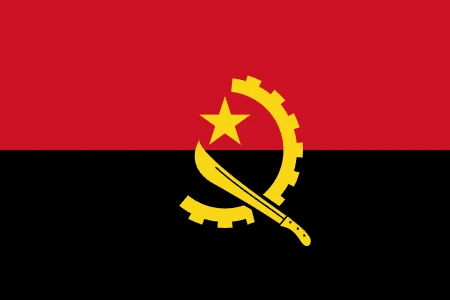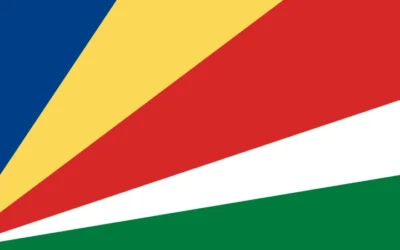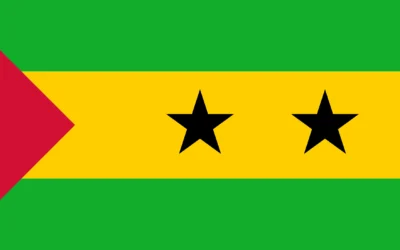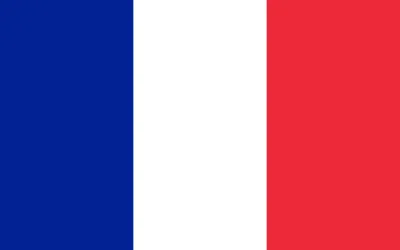Angola Travel Guide
Discover Why You Should Visit Angola
Why Visit Angola?
Angola is a captivating destination on Africa’s west coast, offering a blend of dramatic landscapes, vibrant culture, colonial history, and untouched nature. It remains one of the continent’s lesser-explored gems.
With stunning Atlantic beaches, national parks, and a rich mix of Portuguese and African influences, Angola is ideal for those looking to experience something different.
Ideal for: Cultural travelers, nature lovers, beach seekers, and off-the-beaten-path adventurers.
Must-Know Facts
Capital/Major City: Luanda
Language(s): Portuguese (official), along with several Bantu languages
Currency: Angolan Kwanza (AOA)
Best Time to Visit: May to October (dry season)
Fun Fact: Angola is home to the giant sable antelope, one of the rarest animals in Africa and a national symbol.
Top Things to Do
Relax on the pristine beaches of Mussulo Island or Cabo Ledo
Explore the waterfalls and lush landscapes of Kalandula Falls
Visit the colonial architecture and museums in Luanda
Go wildlife spotting in Kissama National Park
Experience the cultural rhythms of semba music and traditional dance
Local Culture & Lifestyle
Angola’s culture is a fusion of African tribal traditions and Portuguese colonial influence, reflected in its music, food, and festivals.
Family and community are highly valued, and celebrations are vibrant and frequent.
Traditional dances, storytelling, and music like kizomba and semba are integral to Angolan identity.
Food & Drink Highlights
Street Food: Mufete (grilled fish with beans and plantains), funge (cassava porridge), grilled chicken
Restaurants: Restaurante Lookal, Champanharia Luanda, Oon Dah
Drinks: Cuca beer, palm wine, sugarcane juice
Desserts: Cocada (coconut candy), banana fritters, doce de ginguba (peanut sweet)
Main Dish & Culinary Symbols
Signature Dish: Moamba de galinha – chicken stew cooked with palm oil, garlic, and okra
Common Ingredients: Cassava, corn, fish, chicken, palm oil, peanuts
Culinary Culture: Meals are social events often accompanied by music, with a strong emphasis on stews and fresh, local ingredients.
Symbols & Icons of the Area
Natural Icons: Kalandula Falls, Namibe Desert, Atlantic coastline
Cultural Icons: Giant sable antelope, semba music, traditional masks, colonial churches
Hidden Gems & Off-the-Beaten-Path
Tundavala Gap near Lubango with breathtaking cliffs and hiking trails
Iona National Park in the southwest, Angola’s largest park with desert landscapes
The coastal town of Benguela with Portuguese charm and quiet beaches
Shopping & Souvenirs
What to Buy: Handcrafted jewelry, woven baskets, pottery, traditional musical instruments
Where to Shop: Benfica Market (Luanda), local craft stalls in coastal and interior towns
Getting Around
Public Transport: Shared taxis and minivans are common but informal
Car Rentals: Recommended for flexibility, especially for remote travel
Tip: Roads can be rough outside urban areas; a guide or local driver is helpful
Walkability: Limited in larger cities but good in smaller towns and coastal areas
Travel Tips
A visa is required for most visitors and should be arranged in advance
Portuguese is essential for communication; English is not widely spoken
Avoid traveling at night in rural areas due to road safety concerns
Bring cash, as ATMs can be unreliable and cards are not always accepted
Where to Stay
Budget: Luanda Lodge, local guesthouses in Benguela and Lubango
Mid-range: Hotel Presidente Luanda, Aparthotel Tropicana
Luxury: Talatona Convention Hotel, Pululukwa Resort (Lubango)
Unique: Beachside bungalows near Benguela or eco-lodges in Kissama Park
Sample 4-Day Itinerary
Day 1: Arrive in Luanda, visit the Fortaleza de São Miguel and the National Museum of Slavery
Day 2: Day trip to Kissama National Park for a safari experience
Day 3: Travel to Kalandula Falls for nature and photography, overnight in Malanje
Day 4: Return to Luanda or continue to the beaches of Benguela for relaxation






0 Comments